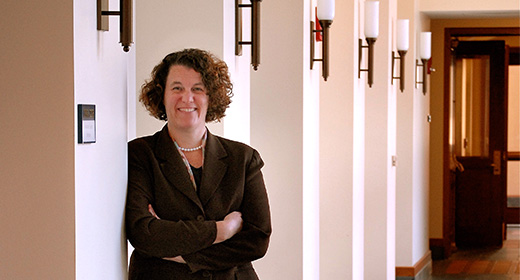
“The Obama administration is preparing a system of college ratings that it hopes will improve college quality and hold down tuition by arming consumers with better information,” writes Susan Dynarski in The Upshot, The New York Times’ curated blog on economics, politics, and policy. “While the details are still uncertain, discussions so far indicate that the new system would evaluate colleges using dropout rates, earnings of graduates and tuition prices. Eventually, the ratings would be used to reward high-quality colleges with more federal aid.”
Dynarski’s September 15 post, “For inspiration in creating college ratings, look to health care,” describes the pitfalls this new rating system should attempt to avoid through an extended comparison to ratings systems design to curb health care costs. Among the insights Dynarski elucidates is the fact that consumers of education, and consumers of health care services, are both inputs and outputs in production. “A frail patient is less likely than a healthy one to survive a surgical procedure, and a well-prepared student is more likely to graduate,” she explains. Dynarski suggests that the most useful ratings system would adjust for consumer inputs:
“The ratings should be harder on colleges that admit only students with very high SAT scores, for example,” she writes. “The college rankings produced by U.S. News and World Report do exactly the opposite, giving the highest rankings to colleges that admit only the best-prepared students. This is like rating a hospital as excellent because only healthy patients walk through its doors.”
Susan Dynarski is a professor of public policy at the Gerald R. Ford School of Public Policy, and a professor of education at the University of Michigan's School of Education. She is co-founder and co-director of the Ford School’s Education Policy Initiative, which engages in applied, policy-relevant education research designed to improve overall educational achievement and outcomes.